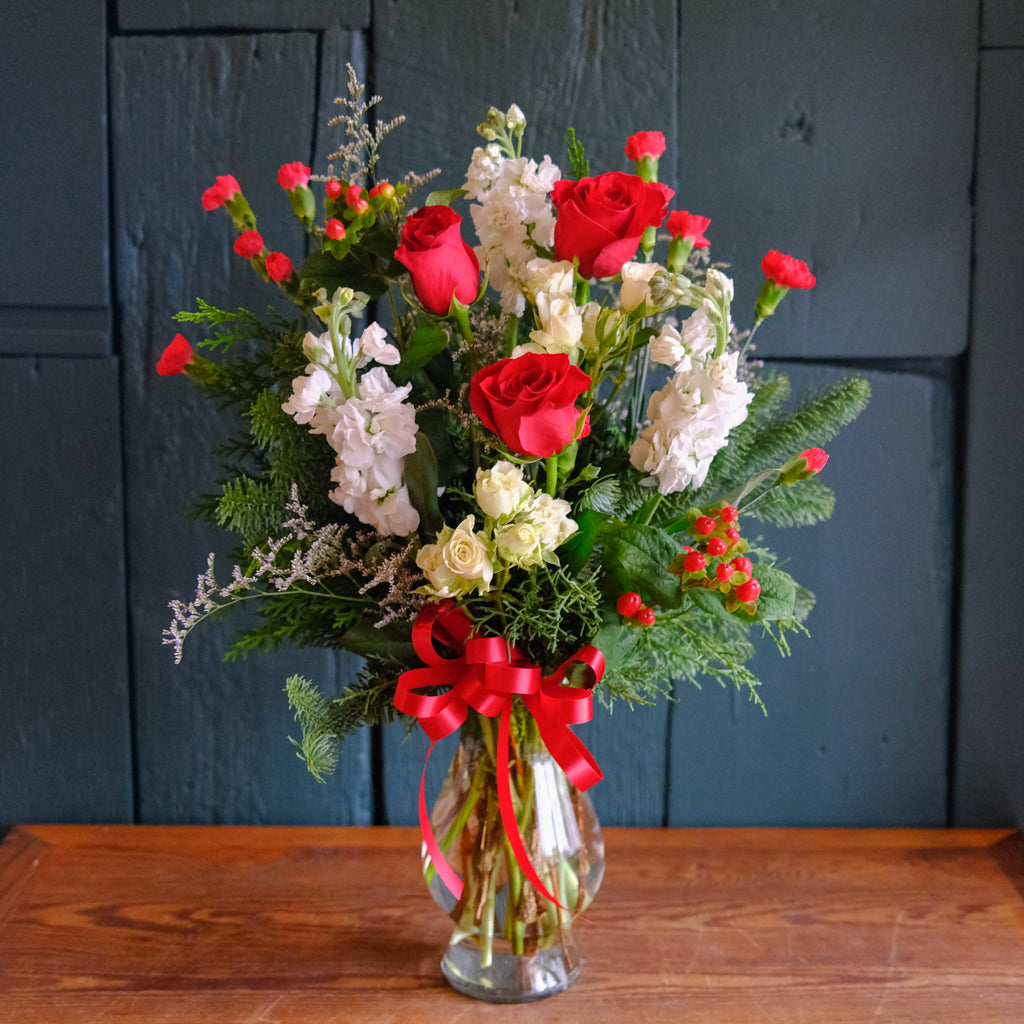By Cynthia Higgs
Co-worker Ed and I recently returned from the Perennial Plant Association National Symposium in Lancaster, Pennsylvania. The educational sessions were robust and the garden tours were amazing. What a great conference—thank you Michler’s!
What struck me as particularly special about the educational content was the focus on pollinators and how we as gardeners can serve them based on recent research. Pollinators comprise a diverse group of beasties. Birds and bats can be pollinators, but insects do most of the work—not just butterflies and bees, but also beetles, wasps, moths, and even flies.
As it turns out, creating a diverse plant community in the garden provides a diverse array of food for a diverse array of pollinators. Some important pollinators rely on other pollinators as food sources (for example, some pollinating wasps feed their young with caterpillars). By diversifying your garden plant portfolio you’ll be providing beauty for us humans to enjoy as well as a veritable feast for pollinators. In essence, you’ll be creating a delightful, functional ecosystem, a complex and meaningful web of life.
Garden design expert Claudia West spoke about her experience helping to create what she views as a real pollinator garden at Penn State. Ms. West pointed out that the feast is not the only feature of your garden that helps pollinators. Harborage (protection from predators) and overwintering habitat is important too. The team that created Penn State’s new Pollinator and Bird Garden comprised top-notch garden designers and Penn State scientists (soils,
entomology, etc.), among others. They went so far as to develop a plant-free zone, with the right soil mix and solar orientation, in which wee native burrowing bees can overwinter. How cool is that?!
Bottom line: Good design combined with good science leads to really good opportunities for us to create truly legitimate pollinator gardens.
Read about other Team Members' Trips or learn about how to Join the Team.


